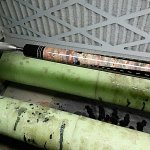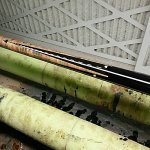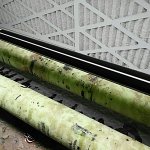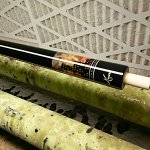So I just picked up a used Mezz sneaky pete, where half of the butt is brown stained maple. I am wanting to refinish the whole butt, but I am worried about the stain getting removed whilst sanding it down.
I am wondering if anyone could tell me how deep do stains usually penetrate into the wood? I was thinking of sanding down the whole diameter of the butt by about 0.5 mm (0.02 in) to get the dents out. Would this risk completely removing the stain, or would it be close to negligible?
Of course I will also add a drop of water here and there beforehand, to try and get the dented butt grains to pop back out, so as to sand the butt down as little as possible.
I was thinking of starting with P500 grit sandpaper (360 in US numbers?).
I am wondering if anyone could tell me how deep do stains usually penetrate into the wood? I was thinking of sanding down the whole diameter of the butt by about 0.5 mm (0.02 in) to get the dents out. Would this risk completely removing the stain, or would it be close to negligible?
Of course I will also add a drop of water here and there beforehand, to try and get the dented butt grains to pop back out, so as to sand the butt down as little as possible.
I was thinking of starting with P500 grit sandpaper (360 in US numbers?).




